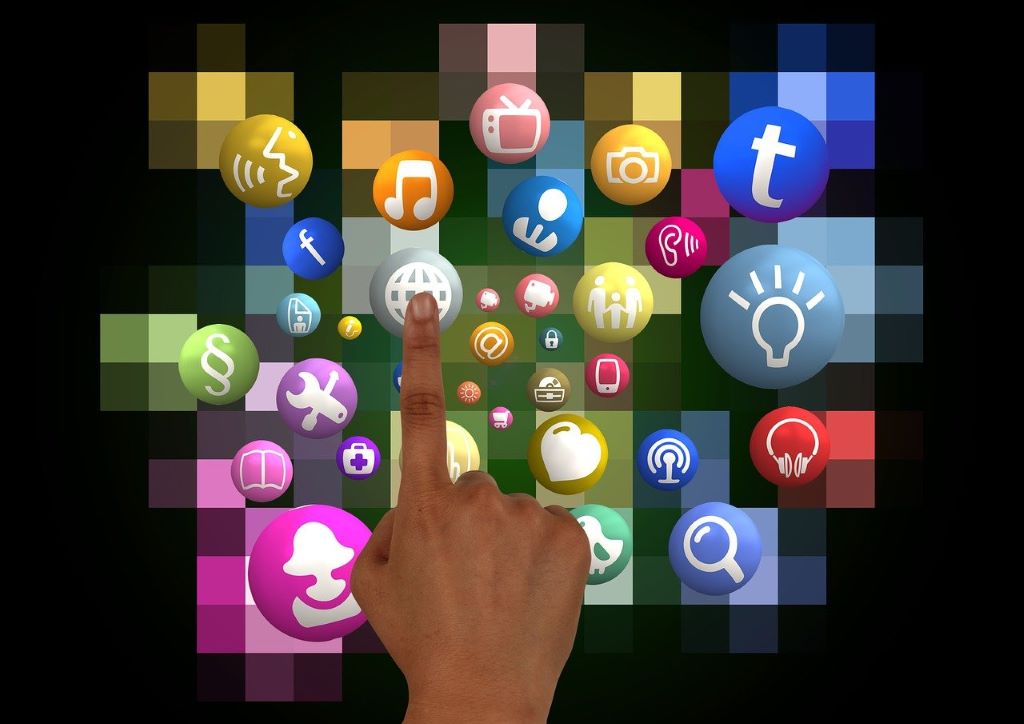 Member Login
Member Login

Panayiotou, A. et al. (2019). Language Translation Apps in Health Care Settings: Expert Opinion. JMIR mHealth and uHealth. 7(4):e11316 doi: 10.2196/11316
People without proficient English from non-English-speaking countries may not receive equitable care if their healthcare workers do not speak their primary language. Use of professional interpreters is considered the gold standard in Australia. However, for a variety of reasons, it is often limited to key aspects of care such as diagnosis and consent. This study uses experts in the field of healthcare translation and cross-cultural communication to evaluate the content of iPad-compatible translation apps and provide expert opinion regarding their suitability for healthcare situations in which an interpreter would not be available. With the emergence of mobile technologies, healthcare professionals are increasingly using digital translation tools to fill this gap. However, many of these technologies have not been developed for healthcare settings and their use has not been evaluated. This study is aimed to evaluate iPad compatible translation apps to determine their suitability for enabling everyday interactions in clinical practice.